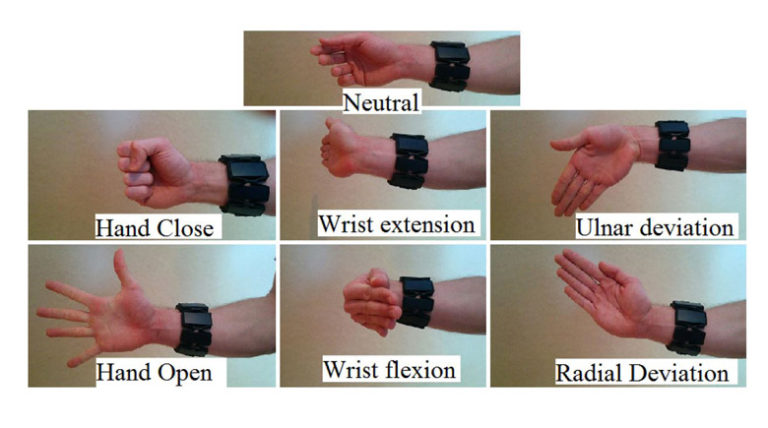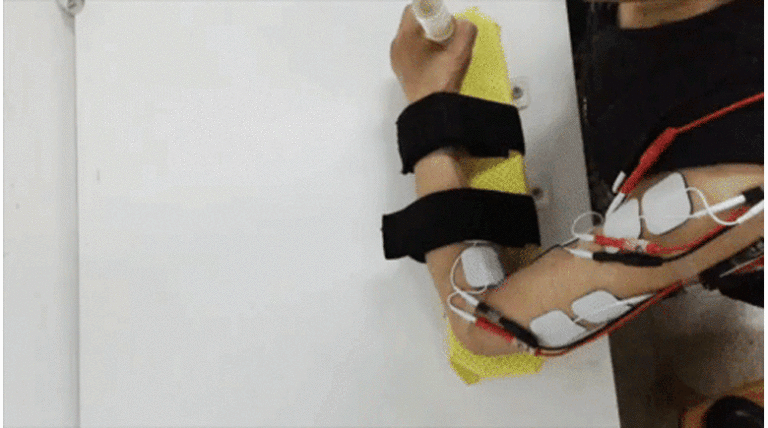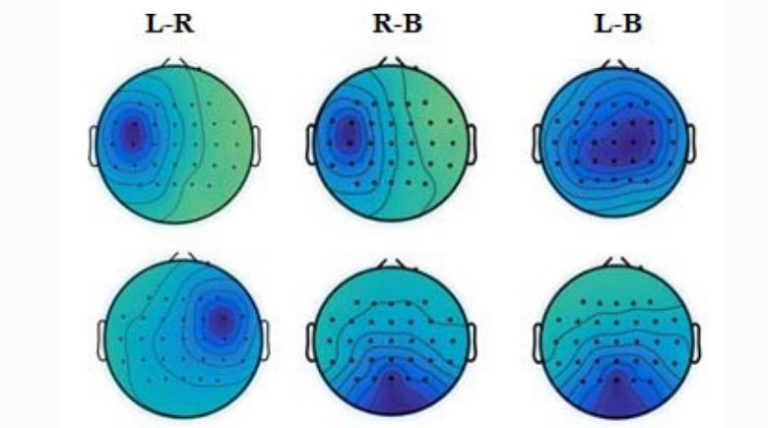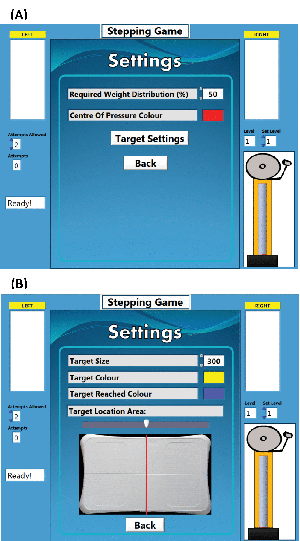Most people with cerebral palsy (CP) suffer from impaired walking ability and pathological gait patterns. Seeking to improve the effectiveness of gait training in this patient population, this study developed…
read moreAtaxic gait monitoring and assessment of neurological disorders belong to important multidisciplinary areas that are supported by digital signal processing methods and machine learning tools. This paper presents the possibility…
read moreIn recent years, deep learning algorithms have become increasingly more prominent for their unparalleled ability to automatically learn discriminant features from large amounts of data. However, within the field…
read moreFunctional electrical stimulation (FES) is capable of activating muscles that are under-recruited in neurological diseases, such as stroke. Therefore, FES provides a promising technology for assisting upper-limb motor functions…
read moreBimanual movements are an integral part of everyday activities and are often included in rehabilitation therapies. Yet electroencephalography (EEG) based assistive and rehabilitative brain computer interface (BCI) systems typically…
read moreHemiparetic stroke patients can have several muscular and postural disorders which compromise their balance. Serious Games (SG) emerged as a new approach to enhance conventional treatment by making it a…
read moreDecline in balance control is an issue for older adults as it leads to an increased risk of falling which may result in serious injury. Mitigating this risk may…
read more





